Living in a small space doesn’t mean you have to give up on gardening. Vertical gardening is a game-changer for anyone with limited outdoor or indoor space, allowing you to maximize your gardening potential without sacrificing style. By growing plants upward, you can create a lush, vibrant environment even in the smallest areas, from tiny balconies to cramped courtyards. With the right techniques, you can transform walls, fences, and even unused corners into beautiful garden spaces.
Vertical gardening isn’t just a space-saver — it also offers the opportunity to grow a variety of plants, from vegetables and herbs to flowers and succulents, in creative ways. Whether you’re an experienced gardener or a beginner, there are numerous options to help you make the most of your small space. In this article, we’ll explore 11 clever vertical gardening ideas that will not only save space but also add beauty and greenery to your home.
Hanging Wall Planters
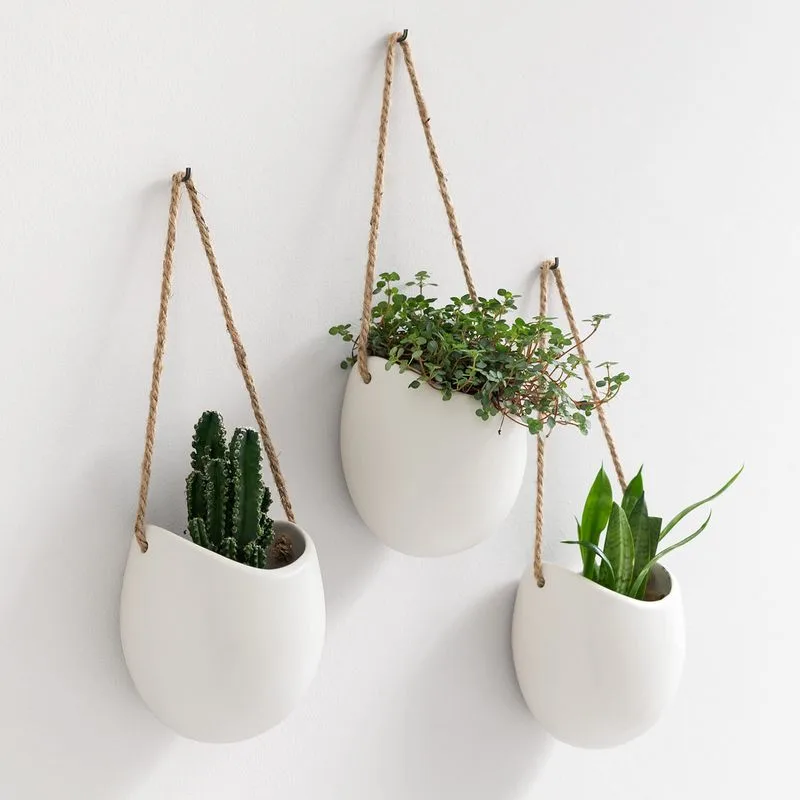
Hanging wall planters are a brilliant way to incorporate greenery into your living space without taking up floor area. By utilizing vertical surfaces like walls or fences, you can create a stunning display of cascading plants. Choose from various materials such as terracotta, metal, or recycled plastic to suit your style. These planters are perfect for growing herbs, flowers, or small vegetables. They bring life to otherwise unused areas, transforming them into vibrant, living art. Mix and match different plants to create a visually appealing tapestry that changes with the seasons.
Stacked Crates
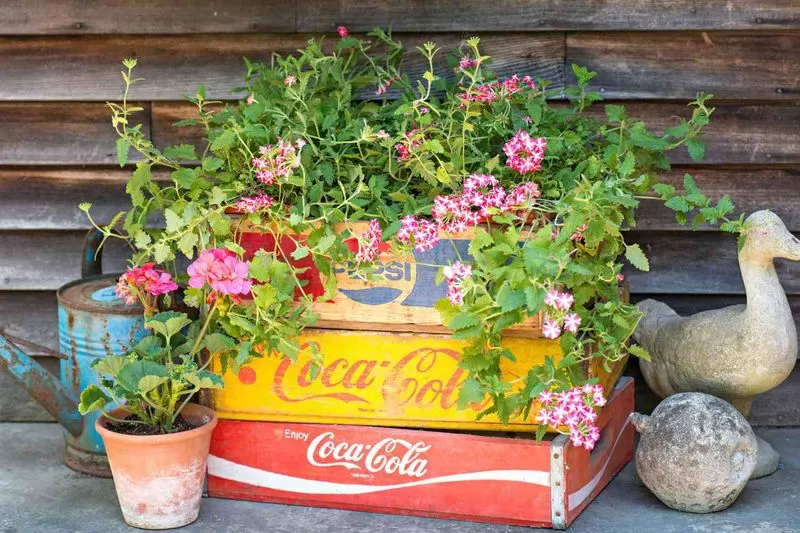
Stacking crates is an innovative way to build a vertical garden that’s both functional and aesthetically pleasing. Use old wooden crates, arrange them in a staggered pattern, and fill them with soil and plants. This method allows you to grow different types of plants in each crate, making it easy to manage and harvest. The rustic look of the crates adds charm to any space. It’s a flexible solution that can be easily rearranged or expanded as needed. Perfect for small patios or balconies where space is a premium.
Trellis and Climbing Plants
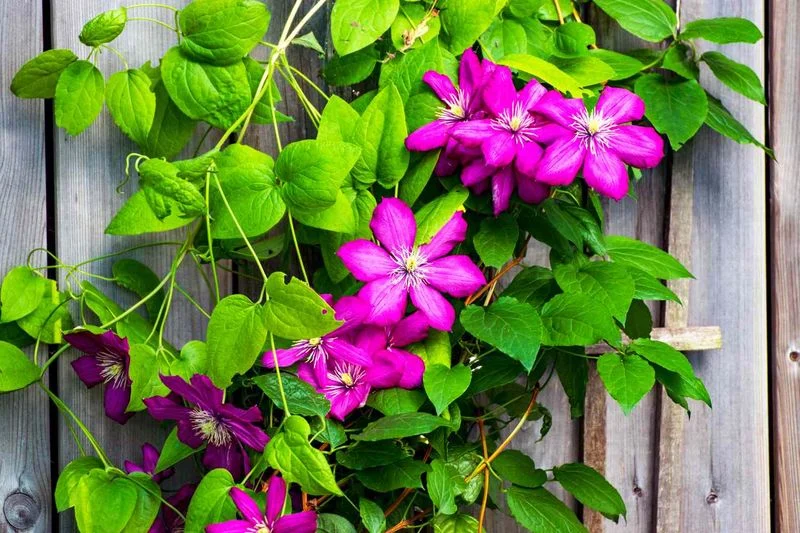
Using a trellis with climbing plants is a classic method to introduce vertical growth. Whether you choose roses, ivy, or even beans, these climbers can transform a plain wall into a green masterpiece. The trellis provides support as the plants reach upwards, creating a lush curtain of foliage. This approach not only maximizes space but also adds an element of privacy to your garden or balcony. Select plants with different blooming seasons for year-round interest. Trellises come in various materials, including wood and metal, to complement your design aesthetic.
Vertical Pallet Gardens
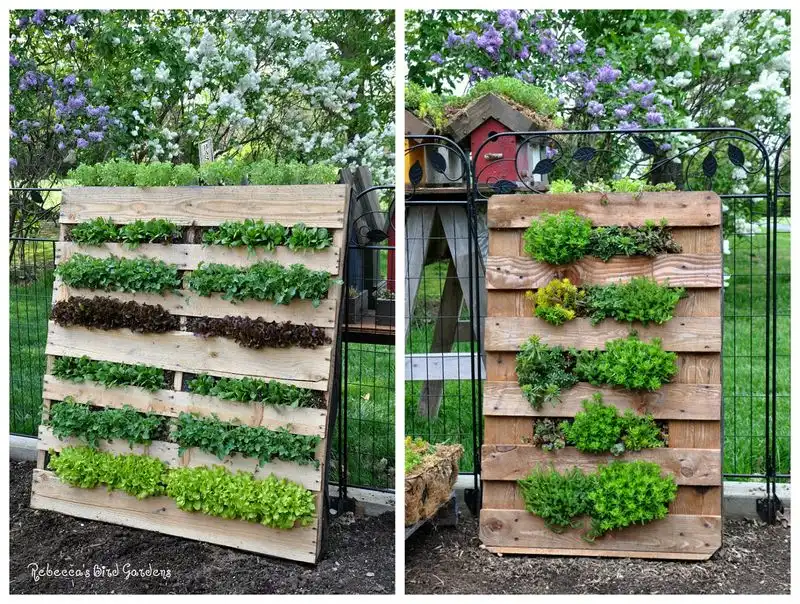
Repurposing old wooden pallets into vertical gardens is an eco-friendly and cost-effective solution. Simply stand the pallet upright, fill it with soil, and plant a selection of herbs, flowers, or even succulents. The slats of the pallet act like shelves, providing ample space for plants to thrive. This method is particularly useful for urban gardeners looking to maximize tight spaces. The rustic charm of the pallet adds a touch of country to any setting. It’s a great way to recycle materials while bringing nature closer to home.
Living Walls
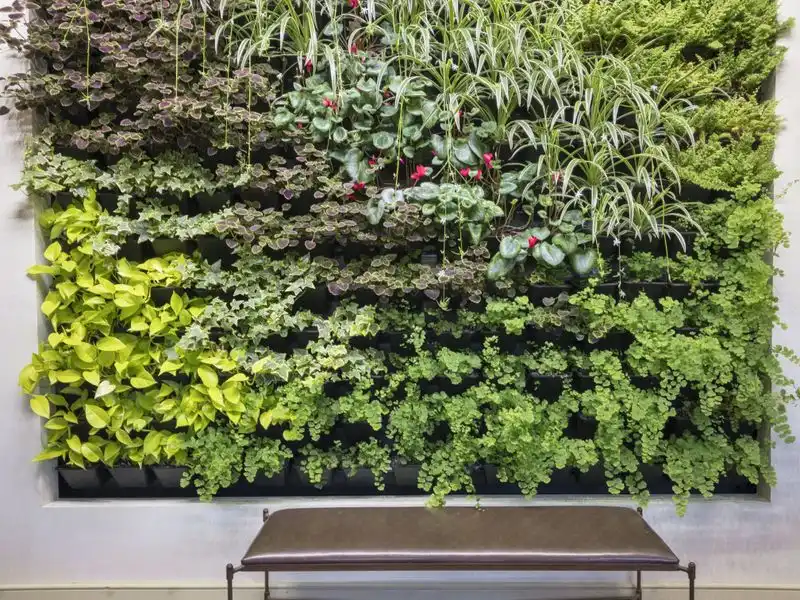
Living walls, also known as green walls, offer a breathtaking way to introduce plants into both indoor and outdoor environments. They consist of panels of plants grown vertically, using hydroponics or soil. These walls can transform a space by improving air quality and adding a sense of tranquility. Living walls are customizable, allowing for various plant species to coexist, creating dynamic patterns and colors. Whether installed in a home, office, or public space, they act as a natural, living artwork that evolves over time.
Gutter Gardens
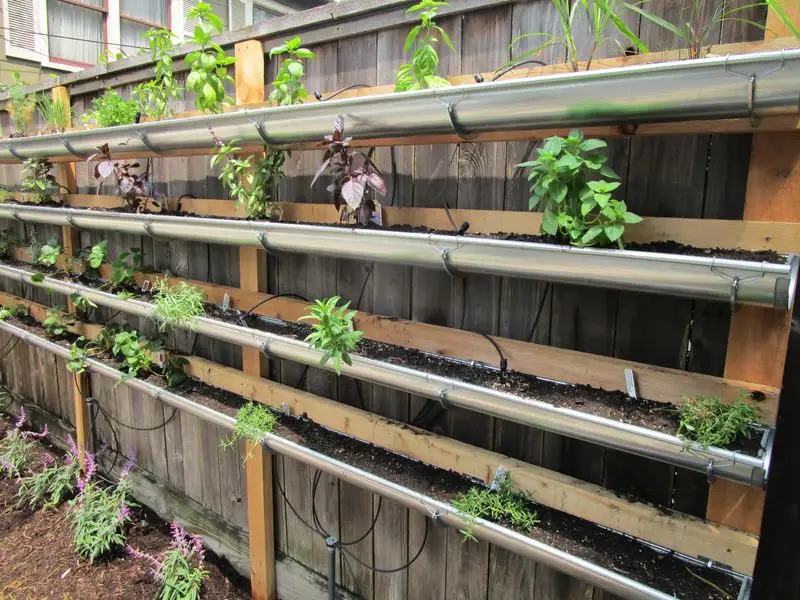
Repurposing rain gutters as planters provides a unique way to cultivate a vertical garden. Mounted on walls, these gutters can hold a variety of plants, including herbs and small vegetables. The linear design allows for efficient use of space, perfect for narrow areas. It’s an excellent way to recycle old materials while creating a functional garden. The elevation keeps plants safe from ground pests, and the modular nature of the gutters makes them easy to rearrange or expand as needed. Ideal for urban environments with limited gardening space.
Bottle Tower Gardens
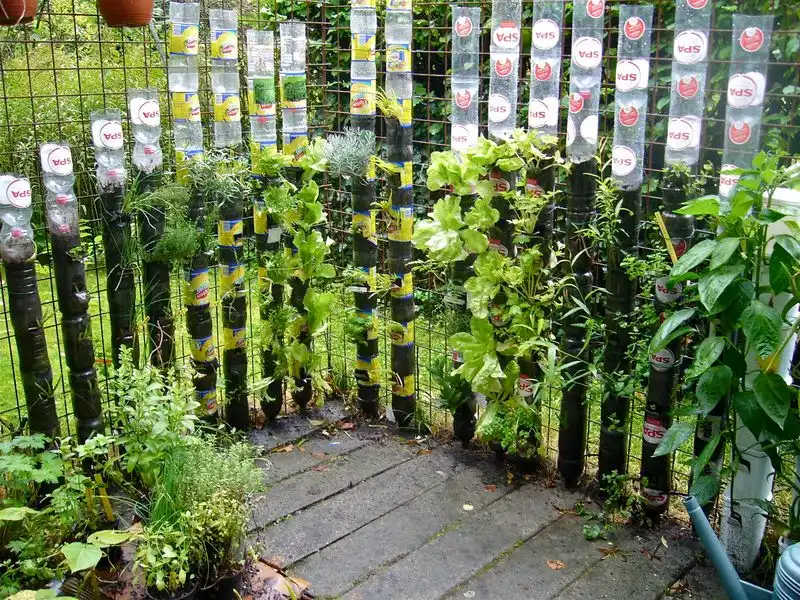
Bottle tower gardens offer a sustainable and creative approach to vertical gardening. By stacking plastic bottles, you can create a tower of greenery that is both space-saving and environmentally friendly. Each bottle acts as a mini planter, holding soil and a small plant. This method is excellent for growing herbs or small vegetables in limited spaces. It’s an innovative way to reuse plastic, reducing waste while cultivating a garden. The clear bottles allow for easy monitoring of plant growth and soil moisture, making maintenance a breeze.
Pocket Planters
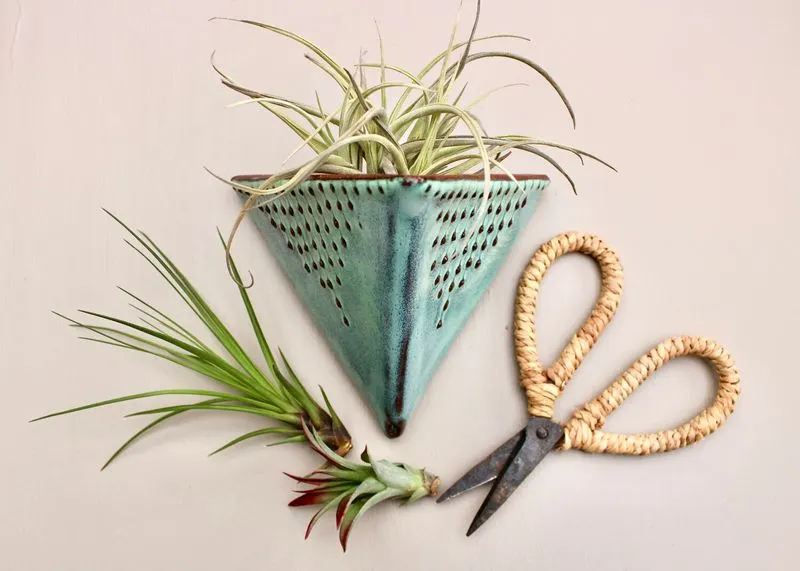
Pocket planters are a clever way to bring color and life to vertical spaces. Made from durable fabric or felt, these pockets can be hung on walls, allowing for easy planting and maintenance. They’re ideal for small flowers, herbs, or trailing plants. The pockets keep the soil and plants secure while providing excellent drainage. Perfect for urban settings where traditional gardening might not be feasible. With pocket planters, you can easily create a living wall that changes with your plant choices, adding a splash of nature to any space.
Vertical Herb Spirals
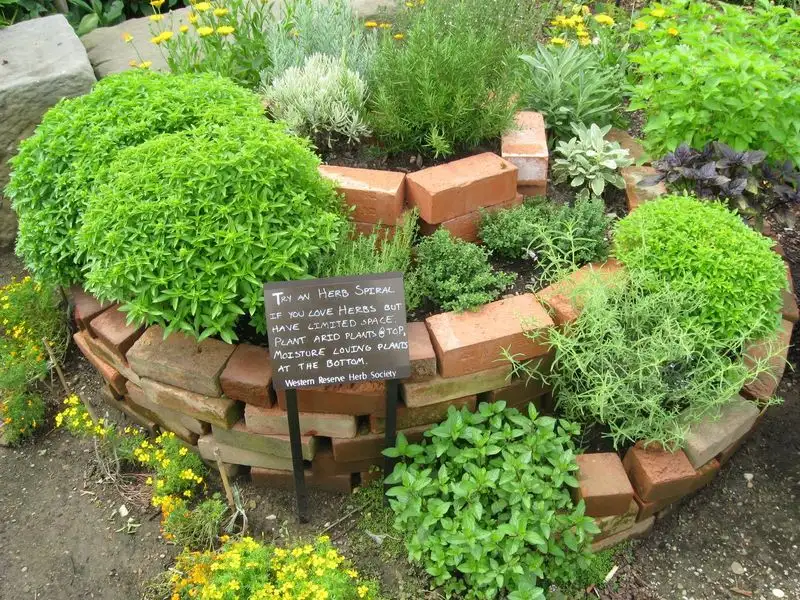
Herb spirals offer a fascinating way to grow multiple herbs in a compact, vertical structure. Built with stone or brick, these spirals allow for different microclimates within the same garden space. The design supports diverse herb growing needs by providing varying levels of sunlight and moisture. Ideal for culinary enthusiasts, herb spirals make harvesting easy and convenient. The spiral design also adds a sculptural element to gardens, enhancing both aesthetics and functionality. This ancient technique combines practicality with beauty, making it a favorite among gardeners.
Ladder Gardens
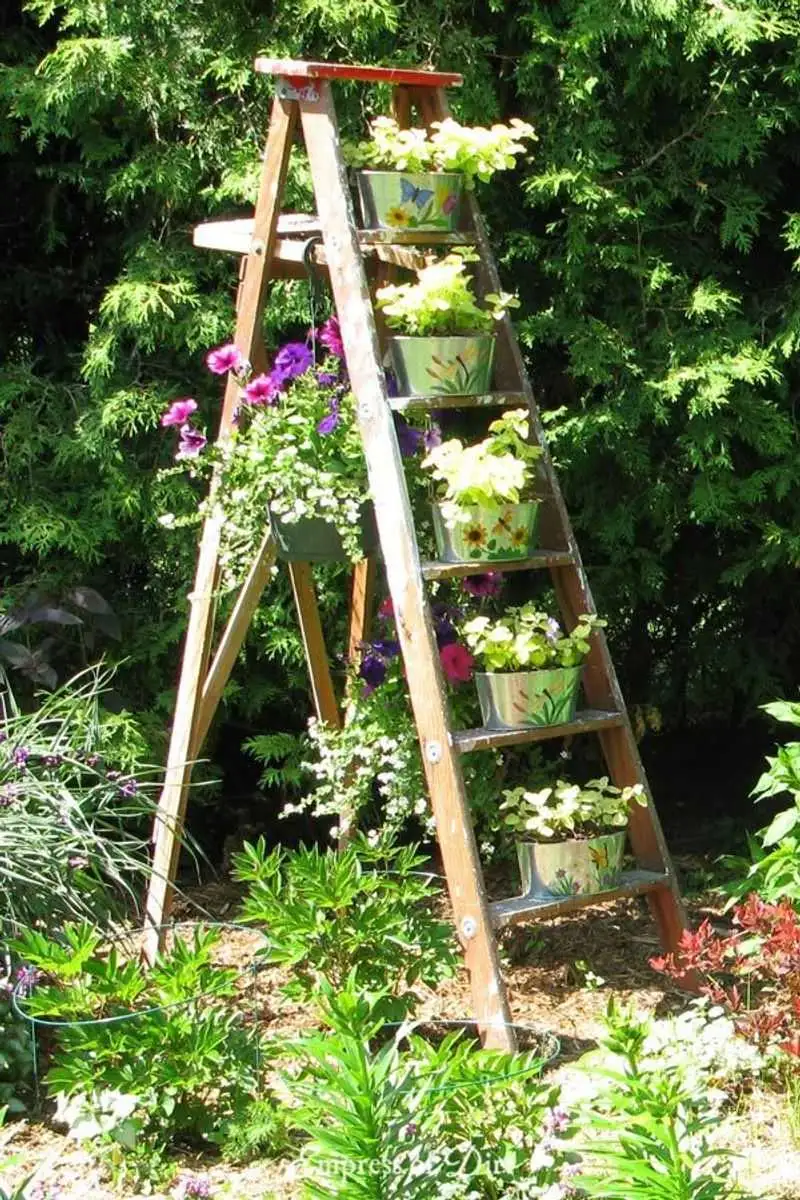
Ladder gardens provide a quaint and charming way to maximize vertical space. By leaning a ladder against a wall or fence, and placing pots on each rung, you create tiered levels for planting. This setup is perfect for displaying flowers, herbs, or small vegetables. The ladders can be easily moved, offering flexibility in garden design. The rustic appeal of a wooden ladder complements various garden styles, adding character and interest. This method not only saves space but also turns an ordinary ladder into a delightful feature.
Hanging Basket Towers
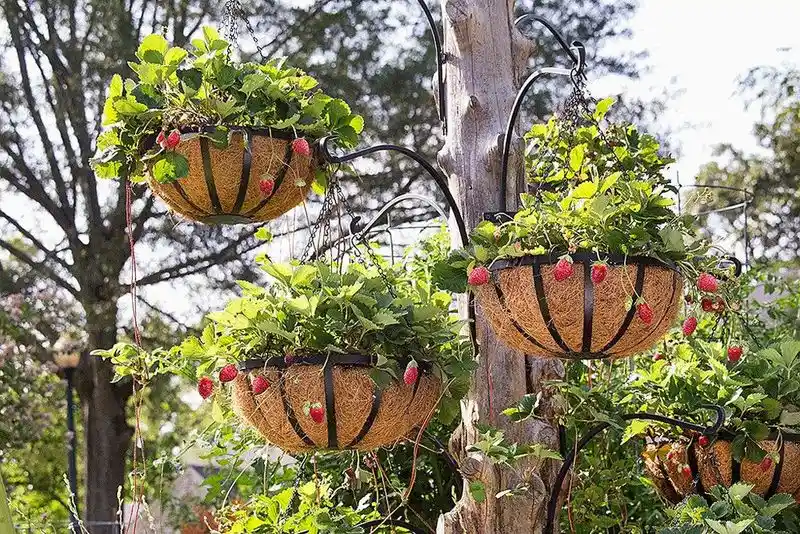
Hanging basket towers provide a stunning way to showcase plants in vertical arrangements. By suspending baskets from a tall frame, you can display a variety of flowers and trailing plants. This method is perfect for adding height and dimension to garden spaces. The baskets can be rotated to ensure even light distribution, promoting healthy growth. Ideal for patios or balconies, hanging basket towers make a striking visual impact. They bring an air of elegance and sophistication, allowing you to enjoy a cascade of colors and textures.

